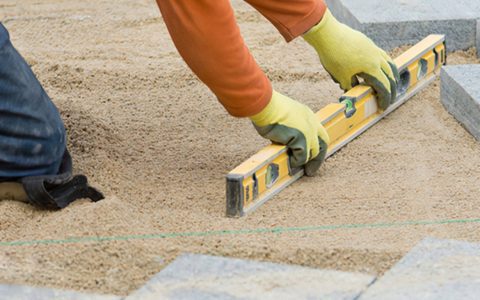Understanding Curved Trajectories in Pool
In the game of pool, a "bent" or curved trajectory refers to intentionally causing the cue ball to travel along a non-linear path. This advanced technique is typically employed to navigate around an obstructing ball when a direct shot to the object ball is not available, effectively "bending" the path of the cue ball.
Key Techniques for "Bending" the Cue Ball
Achieving a curved cue ball path relies on specific principles of physics, primarily involving spin and the interaction between the cue ball, the cue tip, and the playing surface. Two primary techniques are recognized:
- The Curve Shot (or Swerve Shot):
- Execution: This shot is executed by striking the cue ball off-center (applying sidespin or "english") with the cue stick held at a slightly elevated angle (typically 10-30 degrees). The combination of sidespin and the downward force from the elevated cue causes the cue ball to initially swerve slightly in the direction opposite to the sidespin, then curve back towards the direction of the sidespin.
- Application: Used for creating gentle curves to maneuver the cue ball around an obstacle.
- The Massé Shot:
- Execution: A more dramatic curve is achieved with a massé shot. The cue is held at a much steeper angle (45 degrees or more, sometimes nearly vertical) and strikes down onto the cue ball, usually with a specific combination of force and intended spin (sidespin, topspin, or backspin, depending on the desired curve). The extreme downward force and imparted spin cause the cue ball to follow a pronounced curved path.
- Application: Used for sharp curves, often to escape difficult snookers or to position the cue ball in complex ways. This shot requires significant skill and precision, carrying a risk of damaging the table cloth if performed incorrectly.
Fundamental Principles and Considerations
Successfully executing these "bent" shots requires a deep understanding of several factors:

- Cue Ball Contact Point: Precision is paramount. Where the tip strikes the cue ball dictates the amount and type of spin imparted.
- Cue Elevation: The angle of the cue stick significantly influences the degree and nature of the curve. Higher elevation generally leads to more pronounced curves but can reduce the cue ball's forward momentum.
- Stroke Speed and Follow-Through: A smooth, controlled, and committed stroke is necessary. The speed of the stroke affects how quickly the spin takes effect and the overall distance and shape of the cue ball's path.
- Equipment and Conditions: The condition of the playing cloth (its speed and cleanliness), the type of cue tip (hardness, shape), and the properties of the balls can all affect the outcome of a curve or massé shot.
Practice and Precision: These are not everyday shots for novice or intermediate players. They require considerable practice to master control over the cue ball's trajectory and to execute them safely and effectively. Professional players utilize these specialized shots judiciously when standard shots are impossible or strategically disadvantageous.







